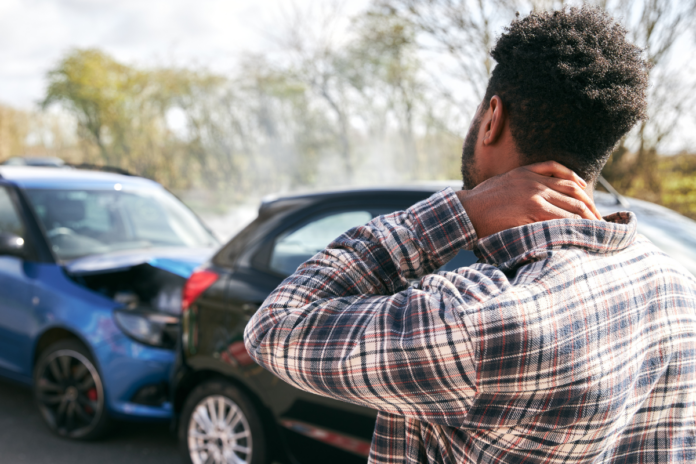Every day, millions of drivers travel from A to B on America’s roads. While the vast majority of people will get to their destination without any issues, there are always risks. Driving is more dangerous than traveling by boat, train or plane, but what are the main hazards and what causes road accidents? In this guide, we’ll outline key hazards to watch out for.
Driving too fast
Speed restrictions are there to prevent accidents and reduce the severity of injuries if there is a crash or collision. Traveling at high speeds increases the risk of losing control of the vehicle while also elevating the risk of serious, even fatal, injuries. Pay attention to the speed limit at all times. If you drive too fast, you’ll put yourself and other road users at risk and you will be held liable if there is an accident. You could lose your license or incur penalties, such as fines and custodial sentences, depending on the consequences of the incident. Reduce your speed if the roads are busy or weather conditions are poor. In 2022, speed was a contributing factor in almost 30% of fatal accidents in the US.
Tiredness
Tiredness is a common cause of road traffic accidents including truck accidents. Tiredness affects your ability to identify and react to hazards and it can also impact concentration levels. There is also a risk of falling asleep at the wheel, which can have devastating implications. If you are tired, delay your journey or find a safe place to stop, get some fresh air and have a coffee or a quick nap. Avoid driving late at night or in the early hours unless you’ve slept beforehand. If you have a job that involves driving long distances, break up the journey. Stretch your legs, have something to eat and stay hydrated.
Distracted driving
One of the main dangers of driving is the ever-changing landscape. In a split second, a hazard can appear out of nowhere. A car or truck in front may stop suddenly, or a child could run out into the road, for example. As a driver, you have to be prepared. Keep your eyes on the road at all times. If you’re sending a message or you’re turning around to talk to passengers in the back, you may not be able to spot dangers or react fast enough. If you need to make a call, check your emails or adjust the radio, pull over in a safe place. You can also use in-car technology to call or message people without touching your phone. Using a cell phone can be dangerous, but it’s also illegal in some states and countries. Check local laws before you drive.
Driving a car is an efficient way to get around, but there are risks. It’s important to be aware of potential dangers. Driving carefully and being proactive in spotting hazards can protect you and other road users. Pay attention to speed restrictions, avoid driving tired and keep your eyes on the road at all times.








